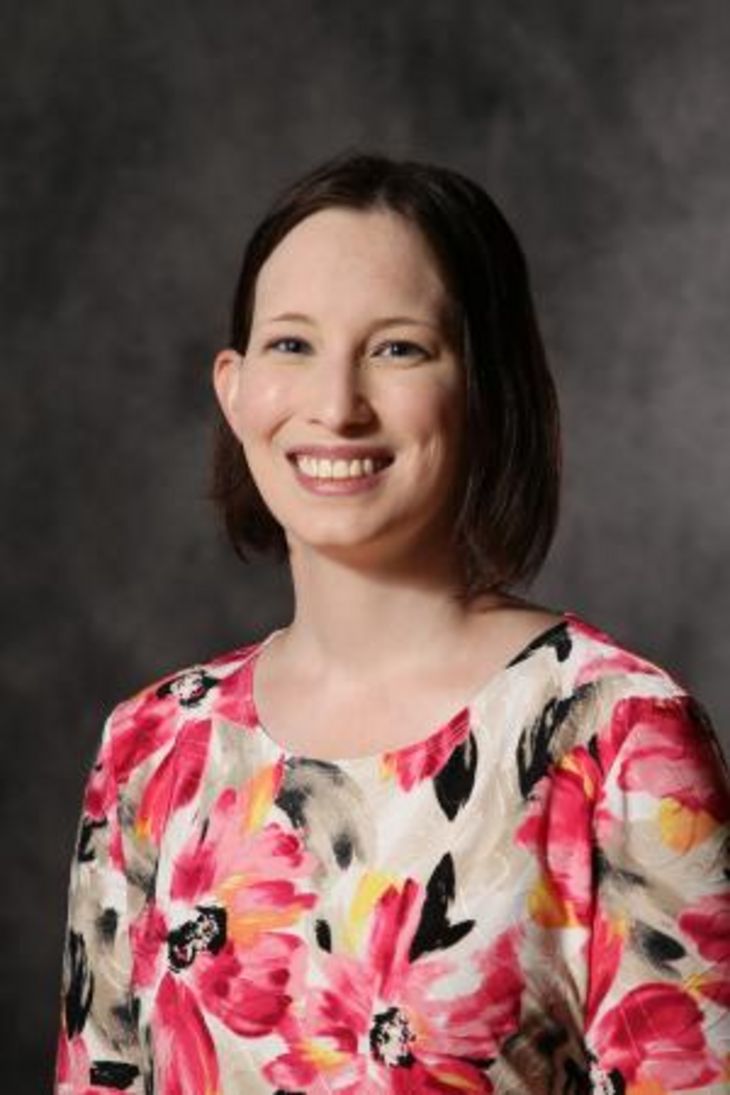Christina Dyar

Research Interest
Dr. Christina Dyar’s research broadly focuses on understanding and reducing health disparities affecting LGBTQ+ populations. Her research focuses on groups of LGBTQ+ individuals that have been underrepresented in research, including bi+ individuals (i.e., individuals with attractions to more than one gender), LGBTQ+ women, non-binary individuals (i.e., individuals who identify outside of the gender binary), and BIPOC LGBTQ+ people. She is particularly interested in understanding mechanisms through which stigma-related stress (e.g., discrimination, microaggressions) impacts mental health and substance use. Her research often incorporates an intersectional perspective, aiming to understand the bias experienced by individuals with multiple marginalized identities (e.g., LGBTQ+ women, BIPOC LGBTQ+ individuals) and how this bias impacts their health. The overarching goal of her research is to inform interventions aiming to reduce health disparities impacting LGBTQ+ populations.
News
New data finds stress, anxiety and depression spike for those feeling the weight of a “culture of achievement”
Is the status of “perfect parent” attainable?
Researchers leading a national dialogue about parental burnout from The Ohio State University College of Nursing and the university’s Office of the Chief Wellness Officer say “no,” and a new study finds that pressure to try to be “perfect” leads to unhealthy impacts on both parents and their children.
Groundbreaking study provides a promising solution for preventing a major complication of pregnancy
According to the World Health Organization, more than 15 million babies are born preterm every year. More than one million of those babies lose their lives. Methods to predict risk for and prevent preterm birth are few and far between.


